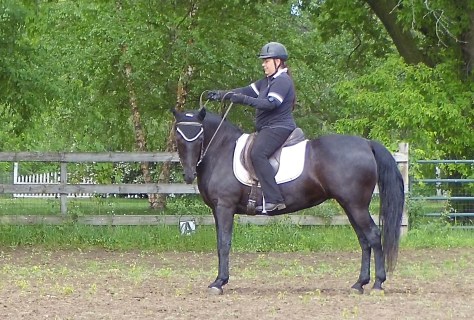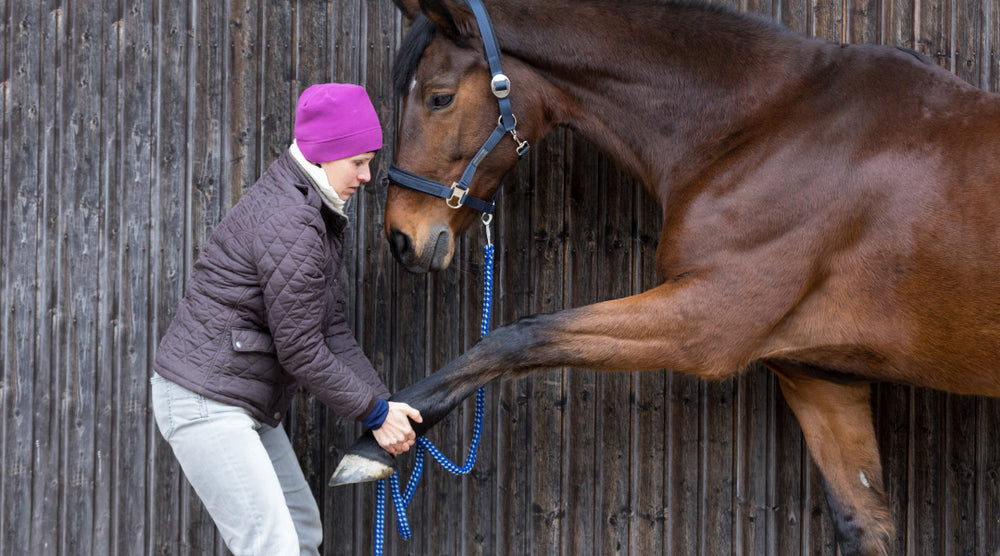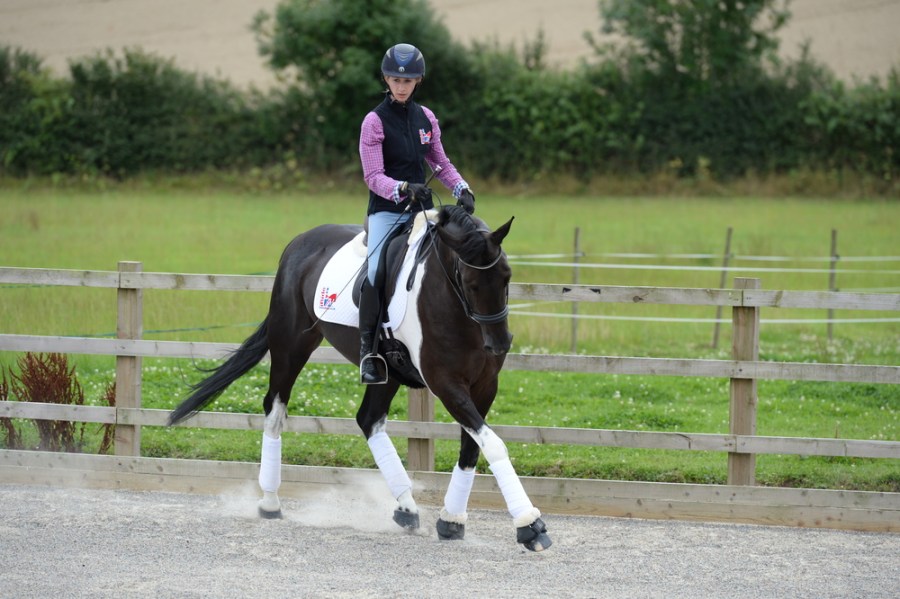Dressage Exercises for a Supple Horse

Achieving suppleness in a horse is fundamental to successful dressage. Suppleness refers to the horse’s ability to move fluidly, bend easily, and respond willingly to the rider’s aids. This article explores effective dressage exercises designed to enhance your horse’s suppleness, improve flexibility, and promote overall balance and harmony.
Why Suppleness Matters in Dressage

Suppleness allows the horse to perform complex movements with grace and precision. It reduces the risk of injury by ensuring muscles and joints are flexible and responsive. A supple horse is more comfortable, attentive, and capable of executing the subtle cues required in dressage.
Key Dressage Exercises for Suppleness
| Exercise | Description | Benefits |
|---|---|---|
| Leg Yield | Moving the horse diagonally away from the leg pressure while maintaining forward movement. | Enhances lateral flexibility and responsiveness. |
| Shoulder-In | The horse bends around the rider’s inside leg with the shoulders slightly displaced inward. | Improves bend, balance, and engagement of hindquarters. |
| Circle Work | Riding circles of varying sizes to encourage bending and rhythm. | Develops even muscle tone and flexibility. |
| Half-Halt | A brief, controlled rein and seat aid to rebalance the horse. | Promotes self-carriage and attentiveness. |
| Transitions | Changing gaits smoothly between walk, trot, and canter. | Increases responsiveness and balance. |
How to Perform These Exercises
- Warm-Up Thoroughly: Begin with a gentle walk and trot to loosen muscles.
- Focus on Relaxation: Keep your aids soft and consistent to encourage relaxation.
- Use Progressive Difficulty: Start with larger circles and simpler movements, gradually increasing complexity.
- Maintain Rhythm and Tempo: Consistent rhythm helps the horse stay balanced and supple.
- Cool Down: End sessions with relaxed walking to prevent stiffness.
Tips for Success
- Be patient and consistent; suppleness develops over time.
- Use positive reinforcement to encourage willingness.
- Monitor your horse’s comfort and avoid pushing too hard.
- Incorporate ground poles or cavaletti to enhance flexibility.
Frequently Asked Questions (FAQ)
Q1: How often should I practice these exercises?
A: Aim for regular sessions, ideally 3-5 times per week, adjusting intensity based on your horse’s fitness.
Q2: Can these exercises help a stiff or resistant horse?
A: Yes, they are designed to gradually improve flexibility and responsiveness, but always proceed gently.
Q3: What signs indicate my horse is becoming more supple?
A: Look for smoother transitions, easier bending, and a more relaxed, willing attitude.
By incorporating these dressage exercises into your training routine, you can develop a supple, balanced, and happy horse ready to excel in dressage. Remember, consistency and kindness are key to success!
